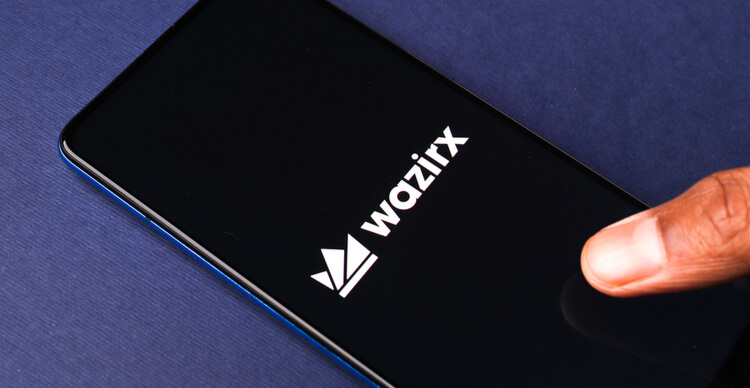Qtum is a cryptocurrency that combines Ethereum’s smart contract features with Bitcoin’s unspent transaction output model (UTXO) security to produce a platform appropriate for large-scale adoption.
What is Qtum?
Qtum is a cryptocurrency that intends to attract application developers by combining elements of the Bitcoin and Ethereum design principles.
That is because, despite some fundamental similarities, Bitcoin and Ethereum differ in the details of how their blockchains work and how users’ balances are recorded and updated.
Qtum attempts to provide an alternative to Ethereum that can compete on programming while being compatible with Bitcoin, delivering something like a best-of-both-worlds blockchain solution by trying a design that integrates distinct characteristics of the two networks.
The Qtum team believes that this architecture would tempt people looking to construct blockchain-based apps, which is Ethereum’s fundamental value proposition, by allowing their creations to trade in a similar fashion to Bitcoin.
Qtum, on the other hand, is expected to have many additional features seen in rival cryptocurrency networks.
The Qtum coin, QTUM, for example, is used to pay fees to individuals who assist run the network, and freshly created QTUM is distributed depending on asset ownership.
QTUM coins also come with voting rights in the on-chain governance system, which means that if you purchase QTUM, you can have a say in how the program develops.
Qtum: roots and history
Patrick Dai is the project’s originator and the Qtum Foundation’s chairman. He went to Draper University to study computer science before dropping out of the Chinese Academy of Sciences’ Ph.D. program. He began his career as a product manager at Alibaba before moving on to a number of blockchain startups, including Factom, Vechain, Bitse Group, and Meilink, until founding Qtum in 2016.
Neil Mahi, the CTO and blockchain architect, and Jordan Earls, the leading developer, are the other two co-founders.
Many of the team members mentioned on the official Qtum website do not appear to have a Linkedin or Github profile. However, some high-profile supporters have expressed their support for Qtum, including Roger Ver of Bitcoin.com and Jeremy Gardner, an early crypto investor turned skincare expert, co-founder of Augur, and EIR in Blockchain Capital.
How does Qtum work?
The Qtum team updated Bitcoin’s core to allow its software users to develop Ethereum-like smart contract apps on top of it in order to realize its adventurous goal.
Simply put, its basic layer is modeled after Bitcoin’s transaction model (UTXO), while a layer on top functions similarly to Ethereum’s virtual machine (EVM), which executes smart contracts and decentralized programming.
Qtum, like Ethereum, has created its own virtual machine that lets programmers write and run code across its distributed network of machines.
The Account Abstraction Layer (AAL), Qtum’s signature technology, is the link between these two levels that allow the Qtum blockchain to interact.
The AAL allows for the construction, execution, and management of smart contracts similar to those found on Ethereum by changing Bitcoin’s core code with a set of additional instructions.
Finally, AAL updates the blockchain ledger after processing smart contract transactions by adding each transaction to new blocks.
Qtum employs a kind of proof-of-stake (PoS) consensus called mutualized proof-of-stake (MPoS) to keep its network in sync.
Nodes must stake QTUM in a wallet in order to validate and process transactions. These nodes are rewarded with newly minted QTUM as well as the transaction fees (paid in QTUM) included in a block in exchange for verifying, processing, and recording transactions.
Each new block reward is split evenly between the block-producing nodes and the nine nodes that came before them. According to the project, this minimizes the likelihood of an assault by hiding the immediate block reward amount from potential attackers.
Why choose Qtum?
The QTUM coin is used for holding, spending, transmitting, and staking, as well as for maintaining and administering the Qtum network.
As a result, the major application of QTUM is to pay fees for executing contracts on the Qtum blockchain.
Additionally, users who hold and stake QTUM have the power to vote on network enhancements, with each vote proportionate to the amount of QTUM they stake.
The protocol allows for additional token minting of up to 4 QTUM each block, despite the fact that the original quantity of QTUM was 100 million tokens.
However, QTUM is rare, similar to Bitcoin, since the number of QTUM produced in each block is reduced in half every four years to maintain the overall supply constrained.
Qtum is a general-purpose blockchain that aims to address four issues that its founders found to be the most problematic in the Bitcoin and Ethereum blockchain platforms: interoperability, governance, the rigidity and costliness of the proof-of-work mechanism, and the difficulty of connecting smart contracts to real-world applications. The Account Abstraction Layer (AAL) and the Decentralized Governance Protocol (DGP) are two unique technologies on the Qtum blockchain that try to tackle this problem (DGP).
The Account Abstraction Layer combines the UTXO (Unspent Transaction Output) account layer from Bitcoin with the Ethereum-inspired smart contract layer. It enables users to create and host programs on virtual machines such as the Ethereum Virtual Machine (EVM) and the x86 virtual machine.





